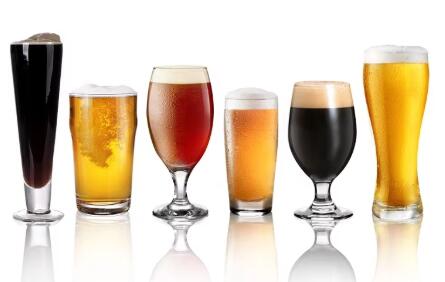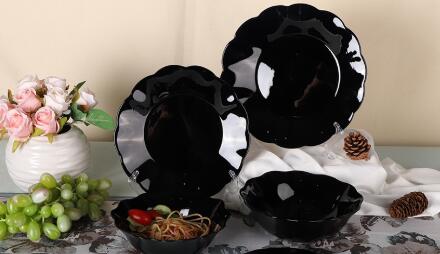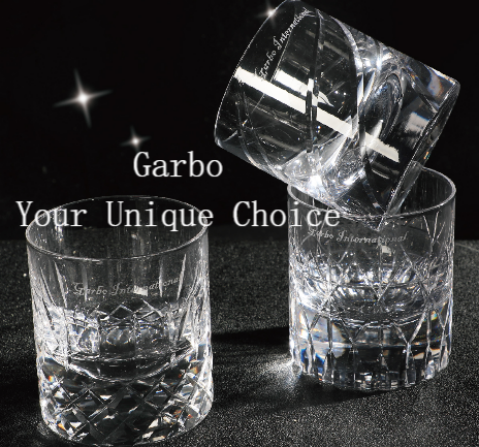Fenton Glass
Pulished on Oct. 16, 2018
Fenton Glass Company started in 1905, when brothers Frank and John Fenton set up shop in an old glass factory in Martins Ferry, Ohio. Their initial business model was to paint glass blanks supplied by other manufacturers, but when the brothers ran into supply snags, they decided to make their own, setting up a glassblowing facility in Williamstown, West Virginia.
Of the myriad manufacturers of carnival glass, a type of colorful molded glassware that was popular in the first half of the 20th century, Fenton Glass Company is arguably the most influential and important. Fenton basically introduced the category in 1907, when company co-founder Frank Fenton and factory manager Jacob Rosenthal created an iridescent, "poor-man’s Tiffany" called Iridill.
To make the Iridill vases and bowls—some footed, some flat-bottomed—molten glass was pressed into a mold. In some cases the resulting relief sits on the exterior of the vessel, but there are many more examples in which the relief projects from within the object. The line was an immediate hit thanks to the eye-catching surface treatments, as well as the patterns and designs that jumped from the pieces to create rich reliefs. Most of Fenton’s early patterns came from nature. These included Waterlily and Cattails, Butterfly and Berries, Peacock Tail, Wreath of Roses, and Thistle.
When looking at Fenton's antique or vintage carnival glass, it helps to be able to identify the various characteristics and traits. For example, patterns could be stamped onto the outside of a piece (also called the back), the inside (front), or both. The bases of pieces were also varied—some had flat collars while others sported ball or spatula feet.
The edges of carnival glass are another differentiator. Some are smooth with gentle undulations, others are divided into alternating sections of unbroken curves and sharp points to create what is known as a bracket edge. Other pieces feature edges that appear crimped, ruffled, pulled, or resemble the teeth of a saw.
While carnival glass was made for everyday use, many pieces seemed suited to special occasions or the serving of treats. Thus, Fenton made a great number of ruffled candy dishes, high-sided nut bowls, and low nappies.
In the 1920s, Fenton introduced a red carnival color that would prove to be a hit with customers of the day and contemporary Fenton collectors alike. But as the 1930s arrived and the Depression deepened, Fenton dropped its carnival lines in favor of household items such as plates and mixing bowls. Other designs produced during the late 1930s and throughout the 1940s include the ruffled-edge Crest pieces and the twisting Spiral Optics.
It was tough going, and the company almost didn’t make it. What rescued Fenton was a Victorian style of glass called Hobnail, whose uniformly bumpy surface resembled the bottoms of hobnail boots. It had been out of fashion for decades, but Fenton found a new audience for this "retro" glassware. A pattern called Diamond Lace combined the bumpy surface of the Hobnails with the optical qualities of the Spiral Optics. And then Fenton produced a milk glass Hobnail. Sales eclipsed even those tallied during the heyday of Iridill, and the company’s future was once again secure.
By the 1950s, many Fenton bowls were adorned with handles to turn them into baskets. Up until that decade, no Fenton piece had carried its maker’s mark, but now Fenton decided that the work of the handler (the gaffer who takes a band of molten glass and with a few deft moves fashions it into a handle) should be recognized. This helps collectors of vintage Fenton to identify the date and pedigree of pieces from 1953 to the present.
 Previous:
What is a Shot Glass?
Previous:
What is a Shot Glass?








